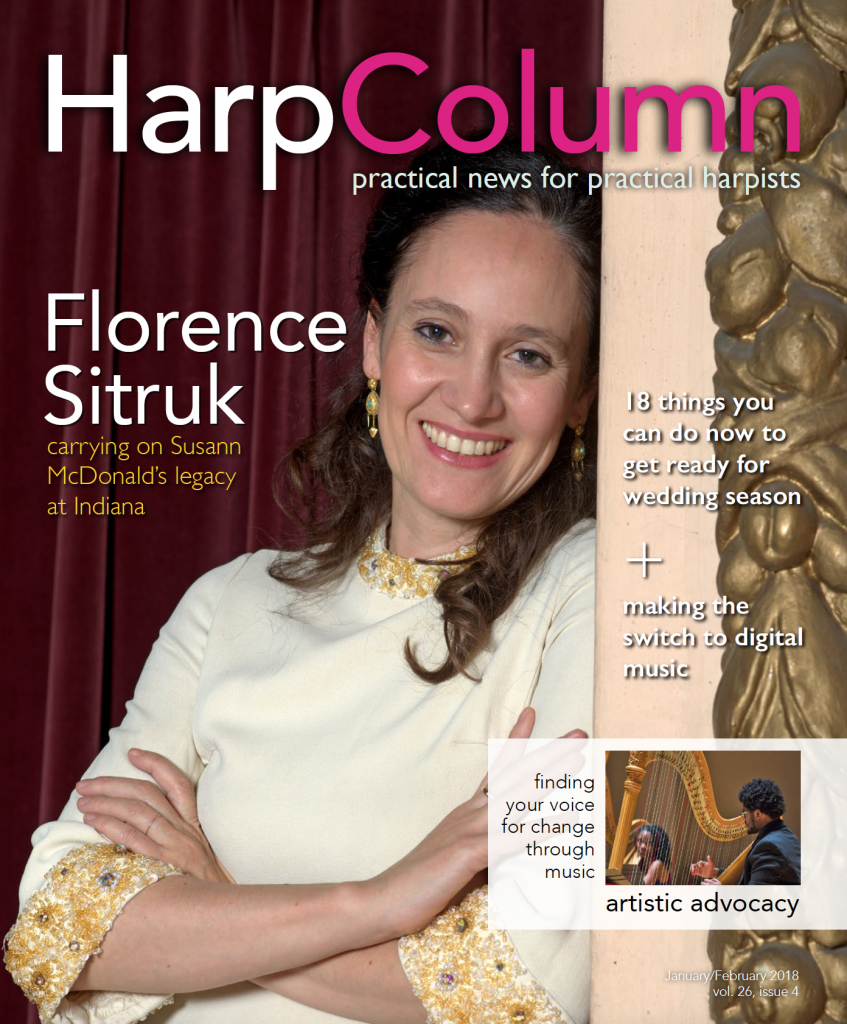Student Scenario #1: I know I should be teaching theory and ear training skills to my students, but there never seems to be enough time. On top of that, I’m no expert myself, and I’m not sure I even know exactly what to teach them.
Student Scenario #2: Some of my students do well with the theory homework I assign, but others just never seem to do it. Some say they don’t like having extra homework to do when they already have schoolwork. Others just don’t see why it’s important. How can I get them excited about theory?
You may never get all your students excited about theory, but there are plenty of ways to make learning this essential material more engaging and practical.
The first thing you should prepare is your answer to this inevitable question: what is musicianship and why do I need it?
I used to describe musicianship to my students at Curtis this way:
Musicianship is everything related to the craft of music. It is not specific to any instrument, but is the common foundation, the building blocks of the language of music. Your musicianship is your musical literacy.
In a practical sense, musicianship training makes and strengthens connections between what you see, what you hear, what you play, and what you know.
Imagine that all the technical skills you practice and the music that you learn are like the chess pieces in an exquisitely beautiful chess set. The pieces are magnificent all by themselves, but when you put them on a chessboard, they assume significance. The chessboard reveals the power in each piece—how it moves on the board—and allows the pieces to work together in the chess game.
Musicianship connects and empowers your music in the same way. It reveals the relationships between notes, rhythms, keys, chords, musical form, expression, and a host of other fundamental concepts. That’s why musicianship training always includes developing skills like sight-reading and rhythm recognition, along with music theory concepts and elements of music history. Simply put, the more you know, the easier and faster you will learn music, and you’ll play it with more skill and sensitivity.
Once you’ve convinced your student that the benefits of musicianship study are worth the effort, your next task is to offer a way to study that suits the individual student.
Many students enjoy working from books, and the options are plentiful. There is enough variety among books that teach theory just for harpists that you will be able to find one that you and your student enjoy. Don’t ignore the books written for any musician, though, especially the ones geared to piano students.
There are fewer books available that go beyond music theory and teach the specialized “connection” skills that I think are critical. In my own teaching I most often use what I call “double duty” techniques that include musicianship practice in what the student is already learning. These are very practical and slightly sneaky ways to focus the student’s attention on their music from a wider perspective, reminding them that there is more to the music than the right notes and fingers.
We do these right in the lesson, every lesson. They take almost no extra time; in fact, after just a few weeks, you will discover how they actually save time as the student makes fewer careless mistakes. These techniques work by drawing the student’s attention to crucial concepts in a way that helps her immediately with something she is playing. And they can also be assigned as part of the student’s practice, so she can practice the skills at home without having to put pencil to paper, just fingers on the harp!
Here are three examples:
Double Duty Technique 1: Before a student begins to play a piece in the lesson, I ask him to identify the key and then to play the scale, arpeggio, and perhaps even a chord progression in that key. We don’t do this for every piece, just one piece that I choose at random each week. We make this standard procedure for every sight-reading opportunity as well.
Double Duty Technique 2: When working out a difficult passage, I ask the student to say or sing the names of the notes. This is the easiest and most effective way I know to practice note reading skills and train a student’s ear. First, ask the student to say the names of the notes in rhythm and with the metronome. Then have her play along while she names the notes. Be sure to work in bass clef as well as treble.
Double Duty Technique 3: I like to ask my students to choose a rhythm for their scales. If a student is at a loss for ideas, we identify a rhythm from one of their pieces or from a popular piece she likes. We choose a rhythm, count it, clap it, and perhaps write it down. This becomes our scale rhythm for the week.
These are just a few suggestions. I design new techniques like these often to address specific needs for a particular student. You will find that you can even allow your students to get creative and include aspects of improvisation or composition if they are inclined that way.
When musicianship study becomes more about paying attention and less about doing the homework, almost every student will recognize its value, and you’ll look like an
expert. •






